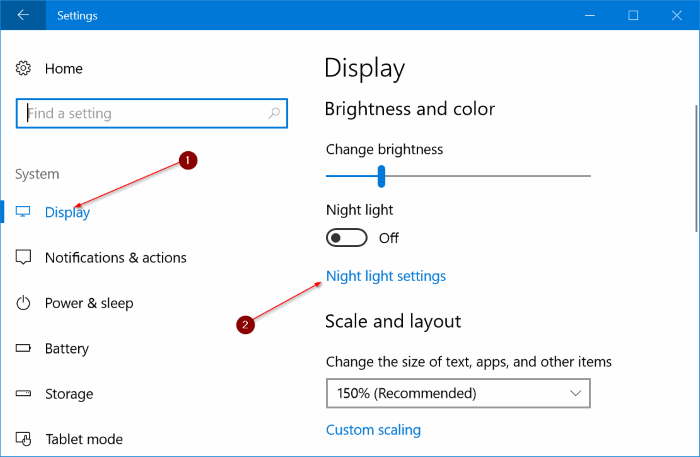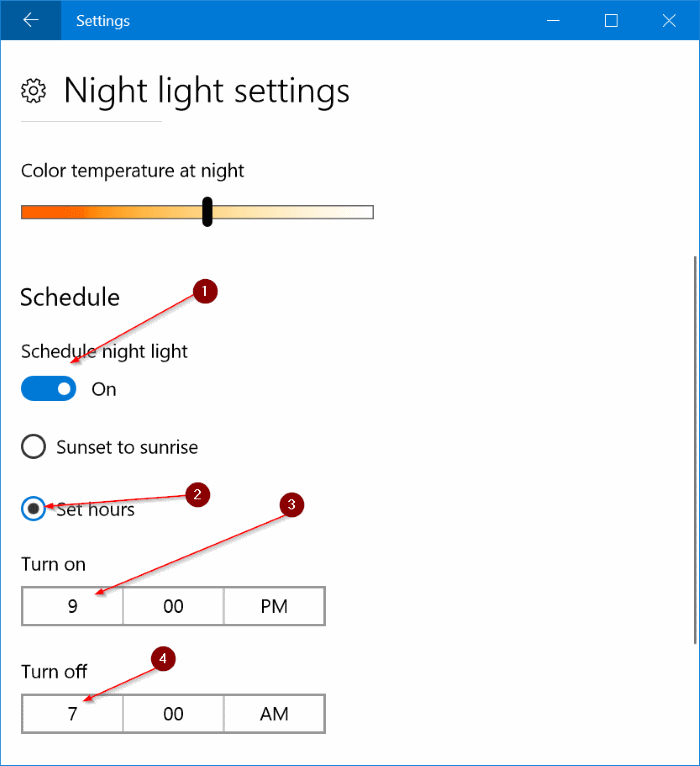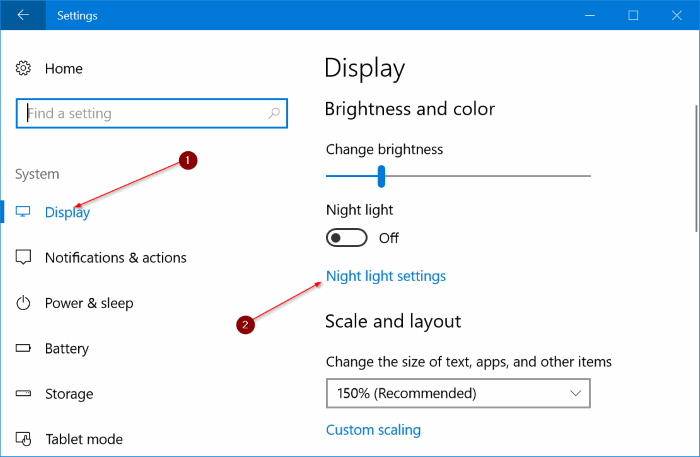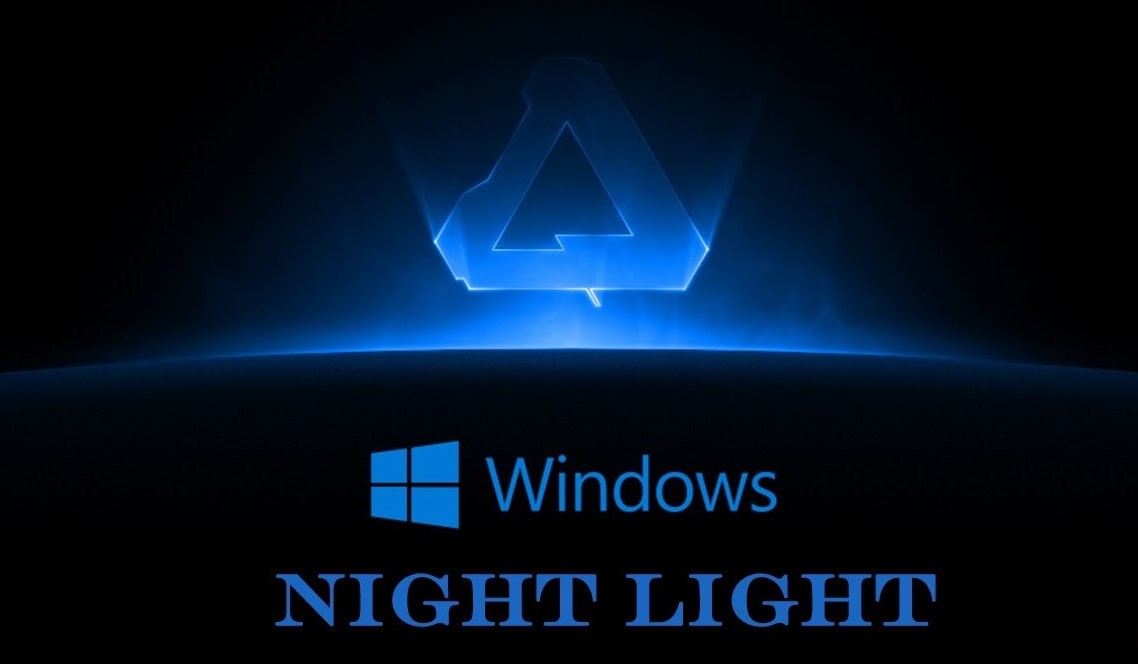Automatically turn Night Light off and on
The computer screen displays a bluish light when turned on. This almost purple light looks good during the day and in daylight, but the same thing is not very interesting in dark, dimly lit rooms, and users may feel uncomfortable with it. In this article, we want to introduce you to enabling or disabling Night light mode to improve this situation.
Before we start the training, you must have seen and heard in various Telegram channels, other people’s words, scientific articles on websites, etc., that researchers have discovered that blue light affects people’s sleep. So, Windows 10, which uses this color in its operating system, must think of a solution for its users.

The first method
A free software called f.lux automatically changes the color temperature of your computer screen based on the time of day. The tool automatically adjusts to a warmer color at Sunset to make your eyes less tired and help you sleep better.
Starting with the Creators Update for Windows 10 (version 1703), a similar feature is included in Windows 10 to automatically change the color temperature of the monitor screen based on the time of day. This new feature in Windows 10 is called Night light.
The Night light feature in Windows 10 automatically offers two options: manual timing and the second mode, Sunset to sunrise. When you use the Dusk to Sunrise option, Windows 10 will automatically turn on the warmer screen light at Sunset (using your location to check sunset and sunrise times) and turn off Night light mode at sunrise. He does.
Note: Your Windows 10 system version must be Version 1703 or higher.
To start working, you need to enter Settings, which you can join by pressing the Windows key + I or by clicking on the Strat menu and selecting the Settings option.
Then click on the icon related to the System tool and click on the Display item from the left panel, as shown in the image below.
Click the Night light settings link in Brightness and Color to open the Night light settings window.

As you can see in the pictures, the Night light settings page allows you to choose the color temperature for the Night light mode. In short, you can activate or deactivate the Night light mode here and schedule it.

Turn on the Schedule Night light item and then activate the Set Hours option so that you can set the desired hours.
This! Night light mode had to be activated, and then you had to set hours for the automatic activation and deactivation of Night light mode. Simply.
The second method
This is the best way to turn on and off Night lights. The NighSunset light feature automatically manages the sunset-to-sunrise method. It will automatically activate this feature when Sunset occurs.
This feature uses your location, so you must enable location service to use this method.
For this purpose, you must go to Settings again, enter System, and click on the Display item from the left panel.
Then click the Night light settings link in the Brightness and Color section.

In the Schedule section, turn ON the Schedule Night light item.
If you see the message “Turn on-location services to schedule Night light at Sunset,” you should activate the location settings in your Windows 10 system. We said earlier that this service must be activated for this.

Here, activate the Sunset to the Sunrise option, as shown below. And that’s it! From now on, Windows 10 automatically turns on at Sunset and turns off the feature at sunrise.


